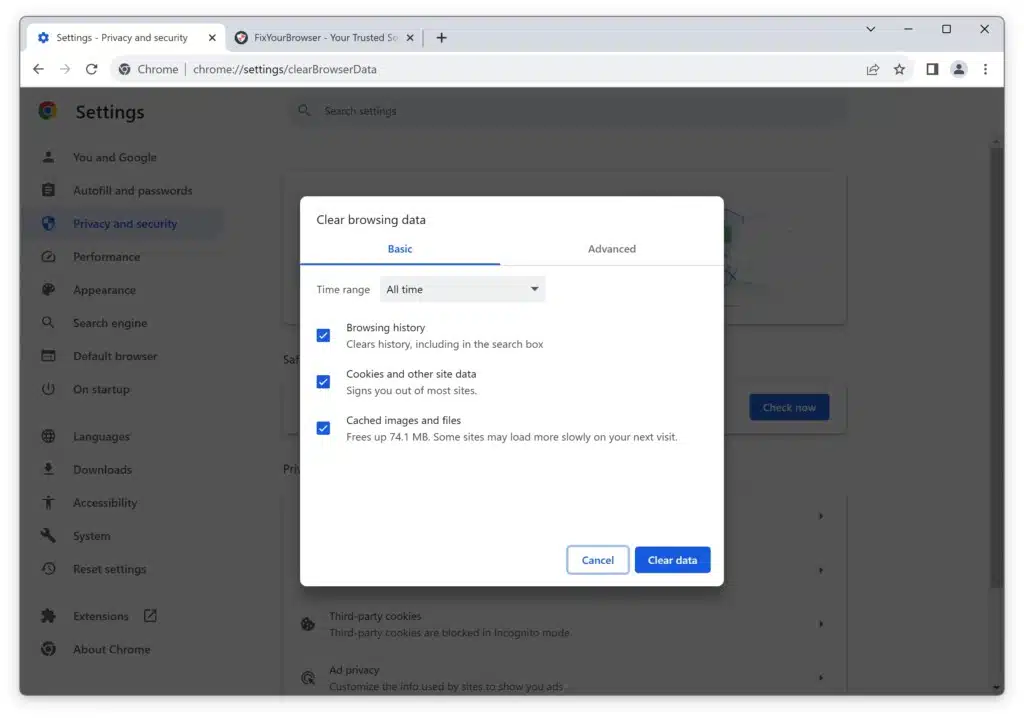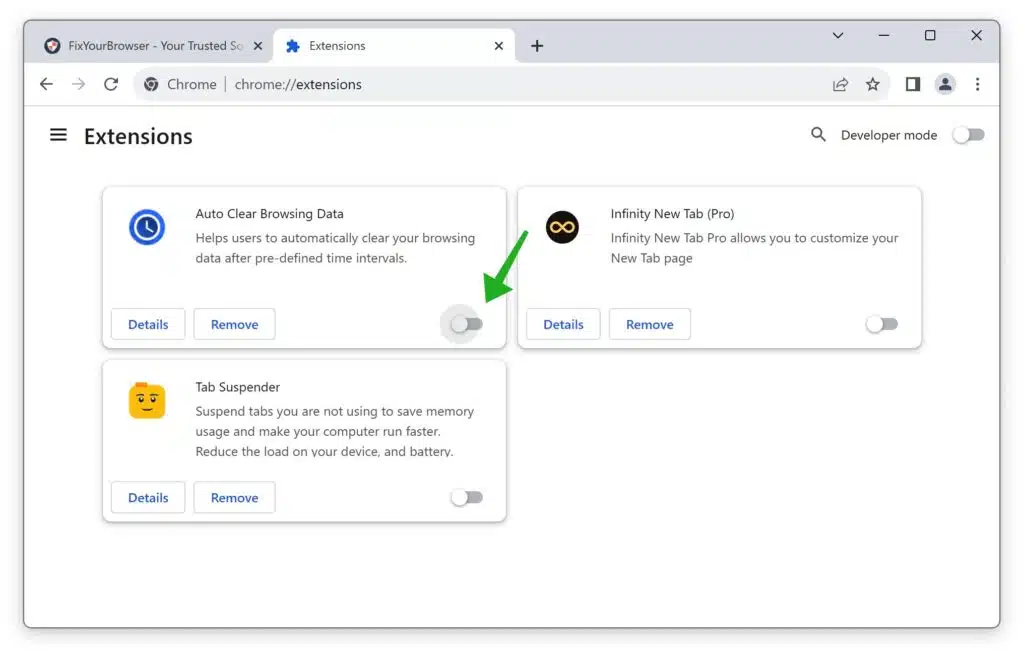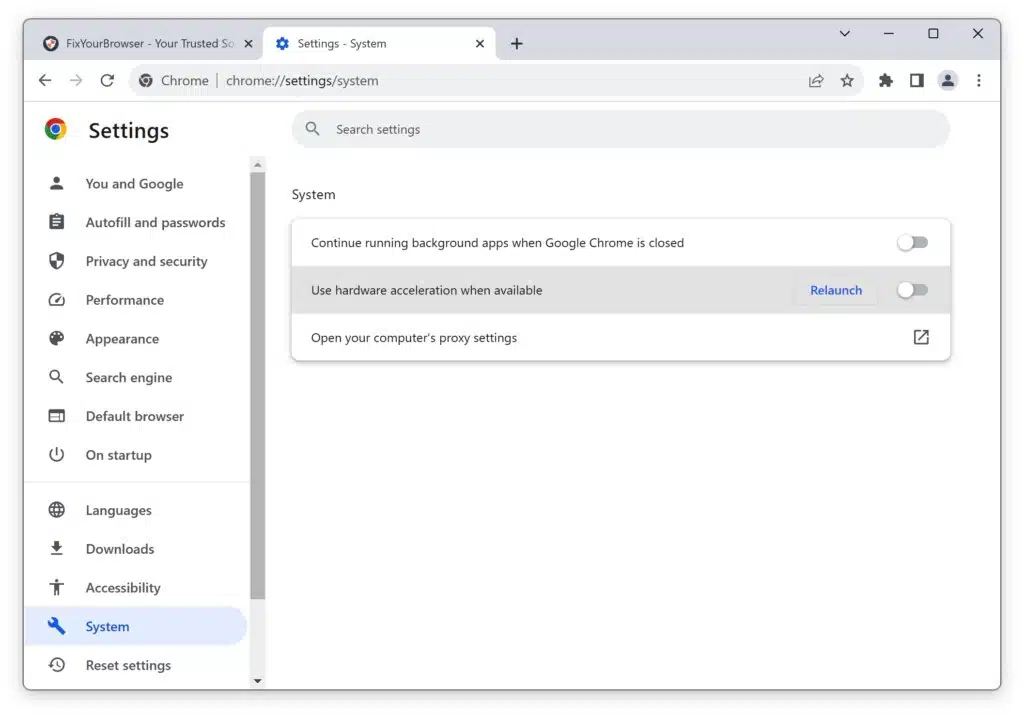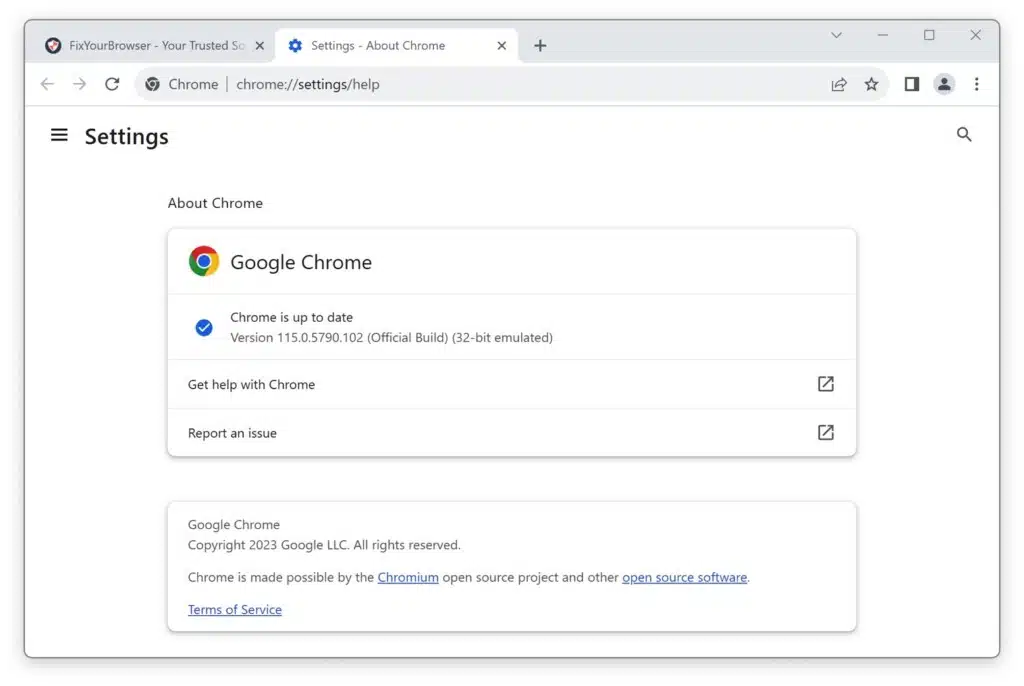Google Chrome is a widely used web browser, but it can sometimes become unresponsive, causing frustration for users. Whether you’re experiencing crashing issues or encountering error messages like “Aw, Snap!” or “Page unresponsive,” there are several solutions you can try to fix these problems. Reloading the page, closing other web pages, or restarting your device can resolve the “Aw, Snap!” error. For the “Page unresponsive” error, select the problematic web pages, click “Kill pages,” and then reload them. Hanging tabs can often be resolved by opening a new tab or restarting Chrome or your device.
If your Chrome device freezes, update the browser to the latest version. Disabling hardware acceleration, clear cached data, and disabling extensions can also help prevent unresponsiveness. And if all else fails, resetting the Google Chrome browser can be a last resort.
How to Fix Google Chrome Unresponsive Issues
This section will explore some common causes of Google Chrome’s unresponsiveness and provide troubleshooting tips to help you resolve these issues.
As I said, there are multiple error messages when Chrome becomes unresponsive:
The ‘Aw, Snap!’ error message
The ‘Aw, Snap!’ error message is common when Chrome encounters a problem loading a webpage. This error message can be resolved by reloading the page, closing other web pages that might be using excessive memory or processing power, or simply restarting your device. If the issue persists, it may be worth checking for conflicting extensions or running a malware scan on your device.
The ‘Page unresponsive’ error
The ‘Page unresponsive’ error typically occurs when a webpage takes too long to load or respond. Select the problematic web pages to fix this and click “Kill pages” in the error message. Afterward, you can reload the pages to see if the issue is resolved. It is also recommended to clear your browser’s cached data and disable third-party cookies, as these can sometimes cause unresponsiveness.
Hanging tabs
Hanging tabs can be frustrating and prevent you from accessing specific web pages or even using the browser. You can try opening a new tab and closing the hanging tab to resolve this. Alternatively, restarting Chrome or your device can also help alleviate the issue. If hanging tabs persist, it may be worth examining the ChromeOS device debug logs using Log Analyzer for further troubleshooting.
Freezing of the entire device
If your entire Chrome device freezes, it can be a more severe issue that requires additional troubleshooting steps. It is recommended to collect ChromeOS device debug logs and Chrome browser debug logs to identify the underlying cause of the freeze. Additionally, checking crash IDs and using Windows Process Explorer logs can help diagnose Chrome issues on Windows devices.
Here is how to fix unresponsive issues within Chrome itself.
1. Clear Browser Cache and Cookies
It’s essential to clear the cache and cookies on your web browser. It is the easiest fix and the first thing you should try.
Temporary files can build up over time. Cause problems like slow page loading, making the browser unresponsive, or even error messages.
Clearing cache and cookies in Google Chrome is a process that can be done in just a few easy steps.
- Open Google Chrome on your computer.
- Click on the three dots in the top-right corner of the browser window to open the menu.
- From the dropdown menu, select “Settings.”
- Scroll down and click on “Privacy and security” in the left-hand sidebar.
- Under the “Privacy and Security” section, click “Clear browsing data.”
- In the popup window, you will see several options. Ensure the checkboxes next to “Cookies and other site data” and “Cached images and files” are selected.
- Optionally, you can also clear other browsing data, such as browsing and download history.
- Select the time range for which you want to clear the data. If you want to clear everything, choose “All time.”
- Click on the “Clear data” button to initiate the process.
- Wait for Google Chrome to clear the cache and cookies. This may take a few moments, depending on the data being cleared.
- Once the process is complete, you will see a confirmation message.
2. Reload the Page after Clearing the Cache and Cookies
After clearing the cache and cookies, it’s important to reload the page to see if the changes take effect. Sometimes, outdated files may still be stored in your browser’s cache, causing issues even after clearing the cache. Reloading the page will force the browser to fetch the latest version of the website from the server.
To reload the page in Google Chrome, click the circular arrow icon in the address bar or press the “F5” key on your keyboard. This will refresh the page and load the latest content, ensuring you are not encountering any errors or the browser becomes unresponsive.
3. Disable Extensions in Google Chrome
If you’re experiencing unresponsive problems in Google Chrome, one or more of your browser extensions or plugins may be causing the problem. Disabling these extensions and plugins can help troubleshoot and resolve various issues, including slow page loading, crashes, and compatibility problems.
Here’s how you can do it:
- Launch Google Chrome on your computer.
- Click on the three-dot menu icon in the top-right corner of the browser window.
- From the dropdown menu, hover your mouse over “Extensions” and click “Manage Extensions.”
- You’ll be redirected to the “Extensions” page, where you can see a list of all the extensions installed in your browser.
- To disable an extension, toggle the switch next to it to the off position.
- Once disabled, the extension will be grayed out, indicating no longer active.
- Repeat this process for any other extensions that you want to disable.
- After disabling the extensions, close and reopen Google Chrome to apply the changes.
4. Disable Hardware Acceleration
Sometimes if you’re experiencing problems with Google Chrome being unresponsive or having performance issues disabling hardware acceleration can be a solution.
Hardware acceleration is a feature that allows your computer’s GPU (Graphics Processing Unit) to take on tasks instead of relying solely on the CPU (Central Processing Unit). While hardware acceleration can often enhance performance it can also lead to conflicts with systems or drivers, resulting in unresponsiveness, freezing, or crashes.
If you want to try disabling hardware acceleration in Google Chrome, follow these steps;
- Open Google Chrome and click on the three-dot menu icon in the top-right corner of the browser window.
- From the dropdown menu, select “Settings.”
- On the left, in the “System” section, toggle off the switch next to “Use hardware acceleration when available.”
- Restart Chrome and check if the unresponsive issue is resolved.
5. Update the Google Chrome browser
Updating Google Chrome to the latest version is a simple process that can be done in a few easy steps. It is something you should do if the browser is unresponsive multiple times. Follow the instructions below to ensure that your browser is up-to-date:
- Launch the Google Chrome browser on your computer by clicking on the Chrome icon in your taskbar or desktop.
- Once Chrome opens, click the three vertical dots at the browser window’s top-right corner. This will open a drop-down menu.
- Navigate to the “Help” section: In the drop-down menu, hover over the “Help” option. This will expand a secondary menu.
- Click on the “About Google Chrome” option from the secondary menu. This will open a new tab displaying information about your current version of Chrome.
- Chrome automatically checks for updates on the “About Google Chrome” tab. If an update is available, it will begin downloading and installing automatically. If no update is available, you will see a message indicating that Chrome is up-to-date.
- Once the update is complete, you will be prompted to relaunch Chrome. Click the “Relaunch” button to restart the browser with the latest version.
- After relaunching Chrome, you can confirm that the update was successful by repeating steps 2 to 4. The “About Google Chrome” tab should display the updated version number.
6. Reset Google Chrome Settings to Default
When you encounter unresponsive issues while using Google Chrome, one practical troubleshooting step is to reset the browser settings. This can help resolve various problems, including slow performance, frequent crashes, or unexpected behavior.
Resetting Google Chrome settings to their default state is a straightforward process that can be done in just a few steps. Follow the instructions below to perform a reset:
- Open Google Chrome on your computer.
- Click on the three-dot menu icon in the browser window’s top-right corner.
- From the drop-down menu, select “Settings.”
- On the left sidebar, click on “Reset settings.”
- Click on the “Restore settings to their original defaults” link.
A dialog box will appear, asking for confirmation to reset Chrome settings. Remember that resetting will remove your browsing history, cookies, and other personalized data. If you want to proceed, click the “Reset settings” button.
Once the reset process is complete, Google Chrome will return to its original configuration. You can then customize your settings according to your preferences.
7. Seek Help from Support Forums or Professionals
If you have exhausted the troubleshooting steps mentioned above and can still not resolve the unresponsive error, seeking help from support forums or professionals can provide valuable assistance. Here are a few resources you can consider:
- Support forums: Online forums dedicated to web development and browser-related issues can be a great source of information. Participate in these forums, describe your problem in detail, and seek guidance from experienced users or moderators.
- Professional assistance: In complex cases or situations where you lack technical expertise, consulting with professionals such as web developers, IT specialists, or cybersecurity experts can be beneficial. They can analyze the issue thoroughly and provide tailored solutions based on your circumstances.
Resolving the Google Chrome unresponsive error requires a systematic approach and may vary depending on the underlying cause. By following the essential precautions, additional troubleshooting steps, and seeking help from appropriate resources, you can increase the chances of resolving the error effectively.
I hope this helped. Thank you for reading!
Also, read:




